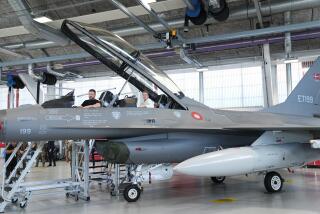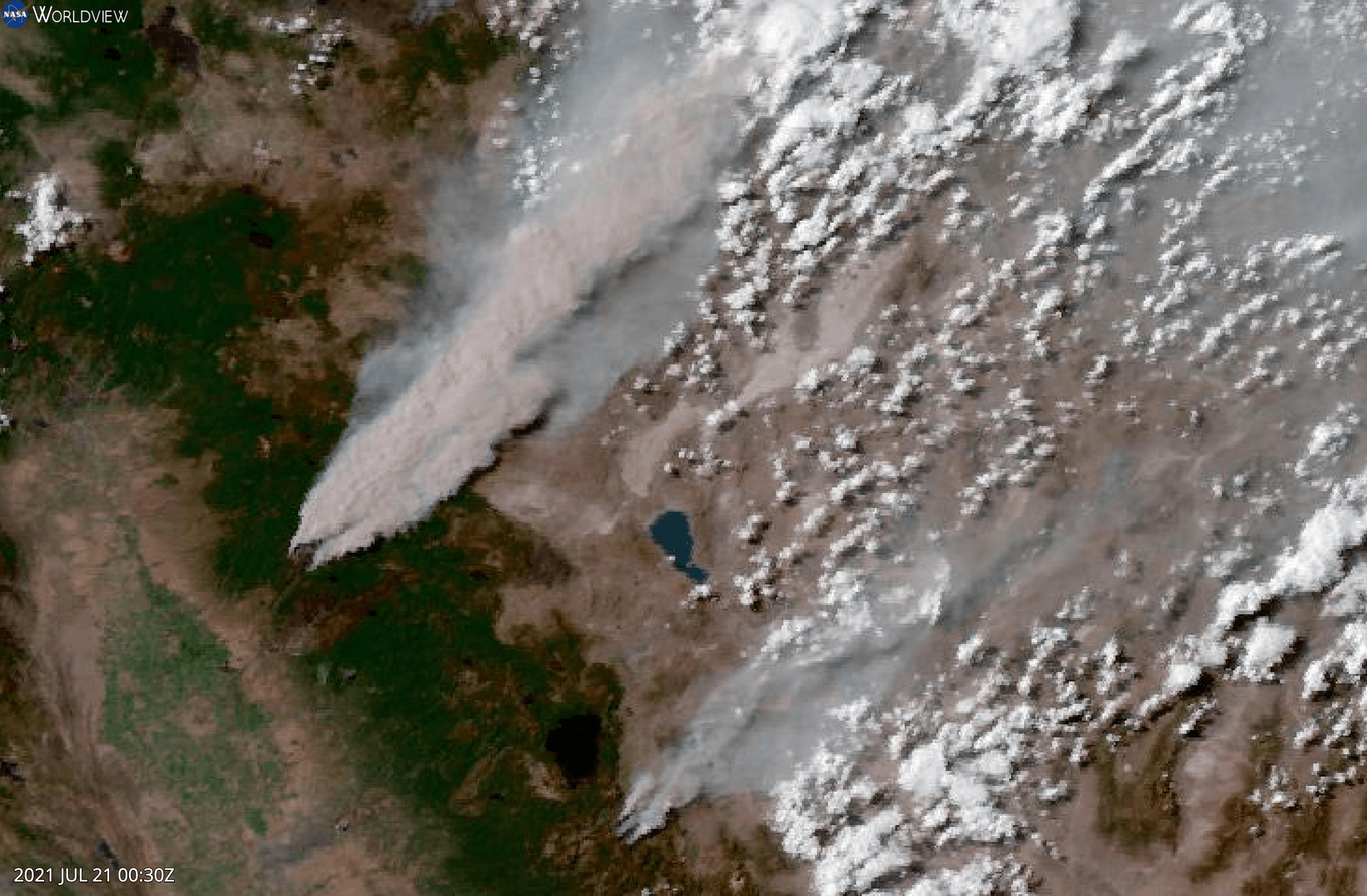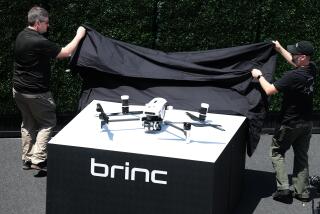Military refines a ‘constant stare against our enemy’
WASHINGTON — The Pentagon plans to dramatically increase the surveillance capabilities of its most advanced unmanned aircraft next year, adding so many video feeds that a drone which now stares down at a single house or vehicle could keep constant watch on nearly everything that moves within an area of 1.5 square miles.
The year after that, the capability will double to 3 square miles.
Military officials predict that the impact on counter-terrorism operations in Afghanistan will be impressive.
“Predators and other unmanned aircraft have just revolutionized our ability to provide a constant stare against our enemy,” said a senior military official. “The next sensors, mark my words, are going to be equally revolutionary.”
Unmanned MQ-9 Reaper aircraft now produce a single video feed as they fly continuously over surveillance routes, and the area they can cover largely depends on altitude. The new technology initially will increase the number of video feeds to 12 and eventually to 65.
Like the Reaper and its earlier counterpart, the Predator, the newest technology program has been given a fearsome name: the Gorgon Stare, named for the mythological creature whose gaze turns victims to stone.
Unmanned aircraft, used both for surveillance and for offensive strikes, are considered the most significant advance in military technology in a generation.
They not only have altered the conduct of warfare, but have also changed the nature of the current policy debate in Washington.
The improvements have bolstered the arguments of those in the Obama administration who oppose sending additional troops to Afghanistan. Unmanned aircraft also play a large role in the compromise plans being discussed by the administration.
The White House is considering stepping up the use of Reapers and Predators in rural Afghanistan as a way to disrupt the Taliban and militant groups without having to put thousands of additional troops in sparsely populated areas.
“The technology allows us to project power without vulnerability,” said a senior Defense official. “You don’t have to deploy as many people. And in the modern age you want as little stuff forward as long as you can achieve the effects as if you had lots of people forward.”
But some officials caution that policymakers should not rely too heavily on the unmanned drones.
“It has made some people feel there can be a pure counter-terrorism mission without any counter-insurgency strategy,” said a government official. “But that isn’t truly viable without taking on a certain amount of risk.”
Strikes by CIA-piloted unmanned aircraft have been deeply unpopular in Pakistan, where much of the population believes they have killed civilians as well as militants. In Afghanistan, drone missile strikes are subject to the same strict rules that apply to other airstrikes -- guidelines that have helped reduce civilian casualties.
But the government official said if the U.S. steps up the number of strikes by Predators and Reapers, collateral damage and inadvertent civilian deaths will rise.
“If you had a bead on Mullah Omar, of course you would strike,” said the official. “But some $10-a-day thug, most people would say it is not worth it. . . . There is a high downside of the attacks that is always present.”
Still, there is broad acceptance that unmanned aircraft and new surveillance technologies will play an outsize role.
“It is very promising and will be of great value here,” said Maj. Gen. Michael T. Flynn, who leads military intelligence in Afghanistan. The Reapers’ primary camera currently films 30 frames per second. To save bandwidth, the Gorgon Stare will transmit pictures at two frames per second, comparable to capturing every other step someone takes.
Computers will take the Gorgon Stare images and “quilt” them into a mosaic that shows a large swath of territory, military officials said. That will enable the Defense Department to keep unblinking watch on a midsize city or village -- turning the Reapers into a kind of heavily armed traffic camera.
Such “pattern of life” intelligence is considered crucial for analysts who are trying to hunt down members of an insurgent network. Using the video feeds, analysts will be able to zoom in on different parts of the city, or follow the movement of particular people.
Officials also plan to store weeks of video feeds on computer servers, so that analysts will be able to look back in time to follow the movements of people or vehicles.
“Using the all-seeing eye, you will find out who is important in a network, where they live, where they get their support from, where their friends are,” said the senior military official. “This gives you the option to arrest the individual, talk to the individuals or . . . wait till those people have gone down a lonely stretch of road and take them out with a Hellfire missile.”
Werner Dahm, the Air Force’s chief scientist, said the scientific challenge for the Air Force Research Laboratories is to develop ways to automate or partially automate the analysis of all of the video of the wide-area surveillance.
Defense officials say improving and speeding analysis is as important as the technological advances in collection.
Predator and Reaper drones also can intercept electronic communications from radios, cellphones or other communication devices.
Last year, the Air Force overhauled how it organized its intelligence analysts. For the first time, video-feed analysts worked side by side with those listening to the audio.
“It is not just video resolution, it is not just signals, it is not just access to analysts,” said the Defense official. “What has really evolved is the fact we can integrate a variety of information and analyze it in real time.”
The number of Air Force unmanned drones available for deployment has increased significantly. In 2006, the Air Force was able to fly six drones at a time. Now operators are able to keep 38 aloft at once -- and the Air Force hopes to reach 50 by 2011.
With the wide-area surveillance technologies, the number of video feeds collected at one time is due to expand exponentially -- from 38 today to nearly 3,000 by 2013.
“This is Buzz Lightyear technology,” said a military officer. “This is an unprecedented amount of information in warfare.”
--
More to Read
Sign up for Essential California
The most important California stories and recommendations in your inbox every morning.
You may occasionally receive promotional content from the Los Angeles Times.










